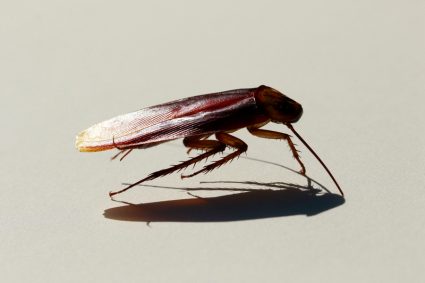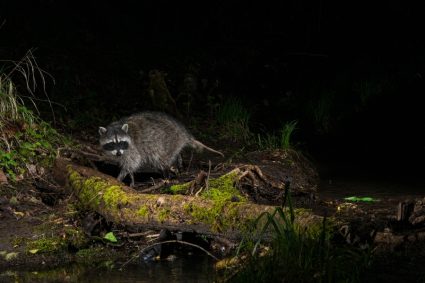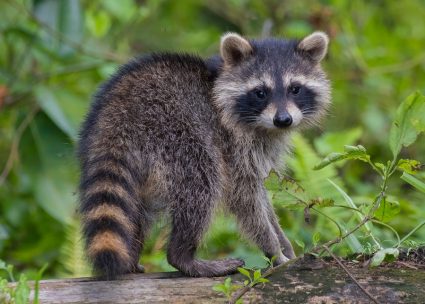
Birds are fascinating creatures, known for their diverse species, vibrant colors, melodious songs, and most notably, their ability to fly. However, have you ever wondered why you don’t see many birds flying at night? This article delves into the reasons behind this behavior, the exceptions, and how human activity influences bird flight patterns at night.
Most birds do not fly at night due to visibility and navigation challenges, the need for energy conservation and temperature regulation, and the risk of predators and collisions. However, there are exceptions such as owls and other nocturnal birds that have evolved to thrive in low-light conditions.
Visibility and Navigation Challenges
Birds, especially the diurnal species (active during the day), rely heavily on their vision for flight. Without enough light, they become disoriented and unable to navigate their environment. This lack of visibility is one of the primary reasons most birds do not fly at night. For instance, many birds use their vision to spot prey and other food sources, which are less available in the dark.
Energy Conservation and Temperature Regulation
Birds, like many other creatures, follow a diurnal rhythm or sleep cycle. This cycle influences their flight patterns and overall behavior. Flight requires a significant amount of energy, and birds tend to rest at night to conserve energy. Lower temperatures at night can also affect a bird’s ability to fly by causing them to enter a state of regulated hypothermia, which helps conserve energy. This energy conservation strategy is crucial for their survival, especially during winter or migration periods when food sources may be scarce.
Dangers of Predators and Collisions
Flying at night exposes birds to nocturnal predators, such as owls, which have adapted to hunting in low-light conditions. Human activity and light pollution also pose significant dangers. Artificial light at night can attract and disorient birds, causing them to collide with buildings or other structures. Cities with high levels of light pollution are particularly hazardous for birds, increasing the likelihood of collisions and fatalities.
The Nocturnal Birds: An Exception
While most birds do not fly at night, nocturnal birds such as owls, nightjars, and petrels have evolved unique adaptations to thrive in low-light conditions. These adaptations include enhanced vision, keen hearing, silent flight, camouflaged plumage, and specialized sensory systems. These traits allow them to hunt, navigate, and communicate effectively in the dark.
Mitigating the Impact of Nighttime Flight
Reducing nighttime lighting, especially during migration seasons, can help minimize the impact of limited visibility on birds’ ability to navigate. Awareness campaigns can also be conducted to inform the public about the risks associated with artificial light for nocturnal bird species.
In summary, while birds are capable of flying at night, most species avoid it due to the challenges of visibility, energy conservation, temperature regulation, and the dangers posed by predators and collisions. However, with the right adaptations and conservation strategies, birds can and do navigate the night sky. Understanding these behaviors and challenges can help us better protect these fascinating creatures and their nighttime habitats.
Frequently Asked Questions
Do birds sleep at night like humans do?
Yes, birds do sleep at night, but their sleep patterns are different from humans. They experience periods of light sleep and deep sleep, and some birds can even sleep with one eye open to stay alert for predators.
How do nocturnal birds see at night?
Nocturnal birds have a higher number of rod cells in their eyes compared to diurnal birds. Rod cells are photoreceptor cells in the retina that function well in low light conditions, enabling nocturnal birds to see better at night.
What are some examples of nocturnal birds?
Some examples of nocturnal birds include owls, nightjars, kiwis, and some species of petrels and swifts. These birds have evolved to be active during the night and sleep during the day.
Are there any ways to prevent bird collisions with buildings?
Yes, there are several ways to prevent bird collisions with buildings. These include turning off unnecessary lights, especially during migration seasons, using bird-friendly glass or window films, and incorporating bird-friendly design elements in new buildings.
Can birds fly in the rain?
Yes, birds can fly in the rain, but they usually choose not to. Rain increases the weight of a bird’s feathers and can make flying more difficult. Additionally, heavy rain can reduce visibility, making it harder for birds to navigate.










